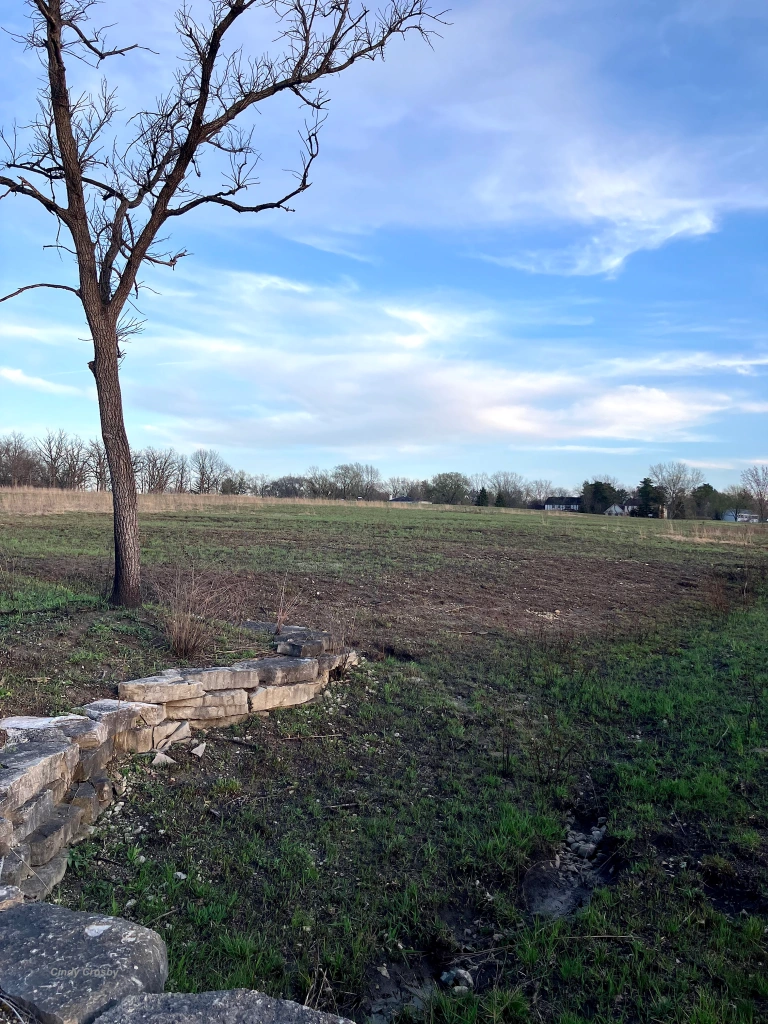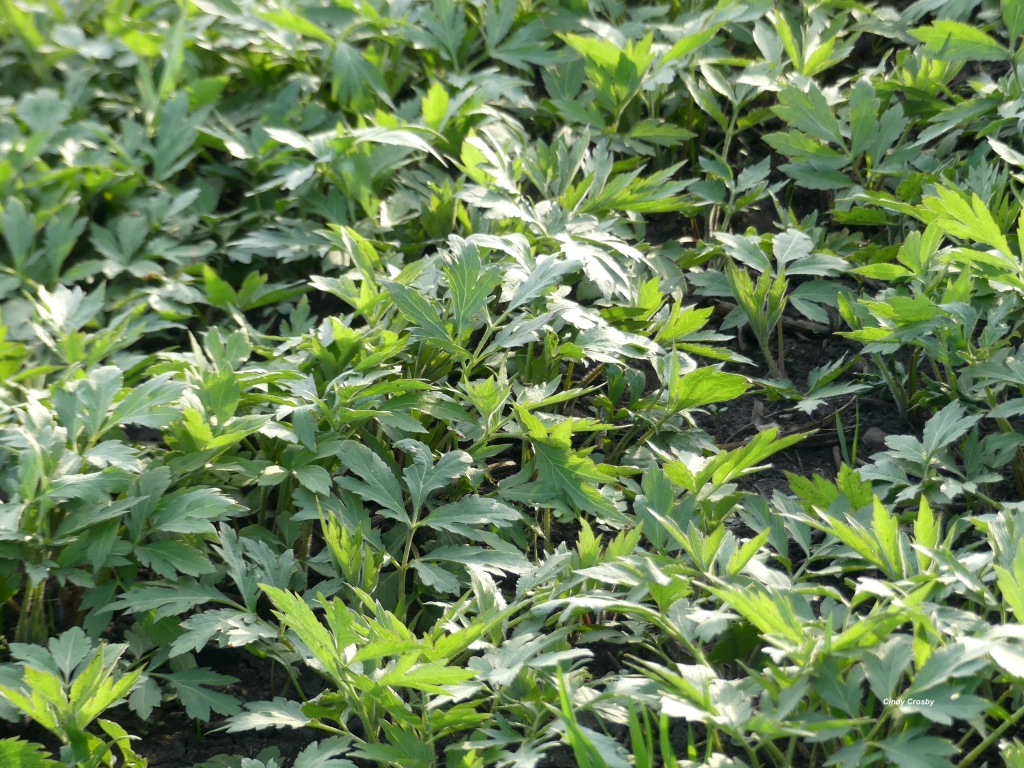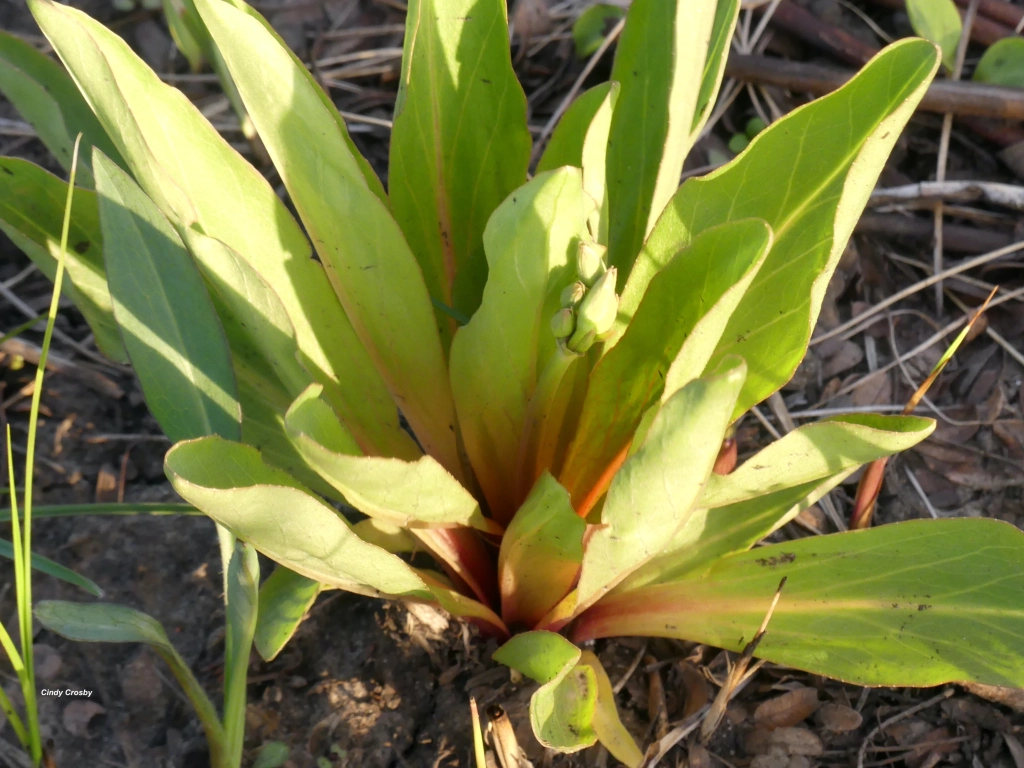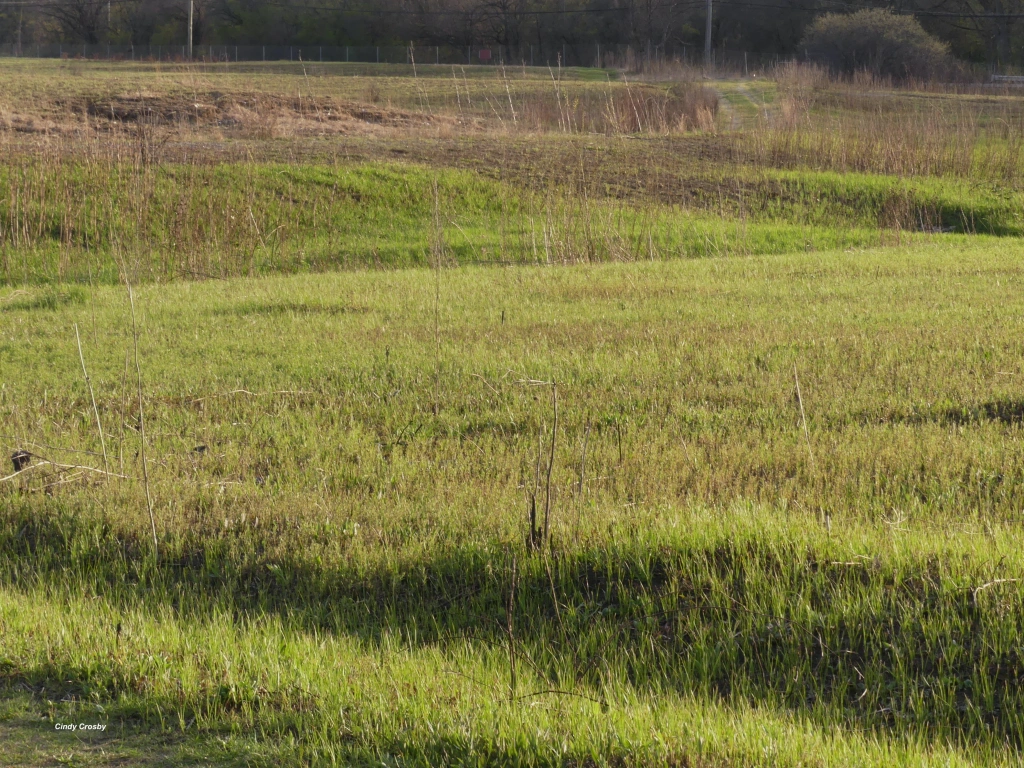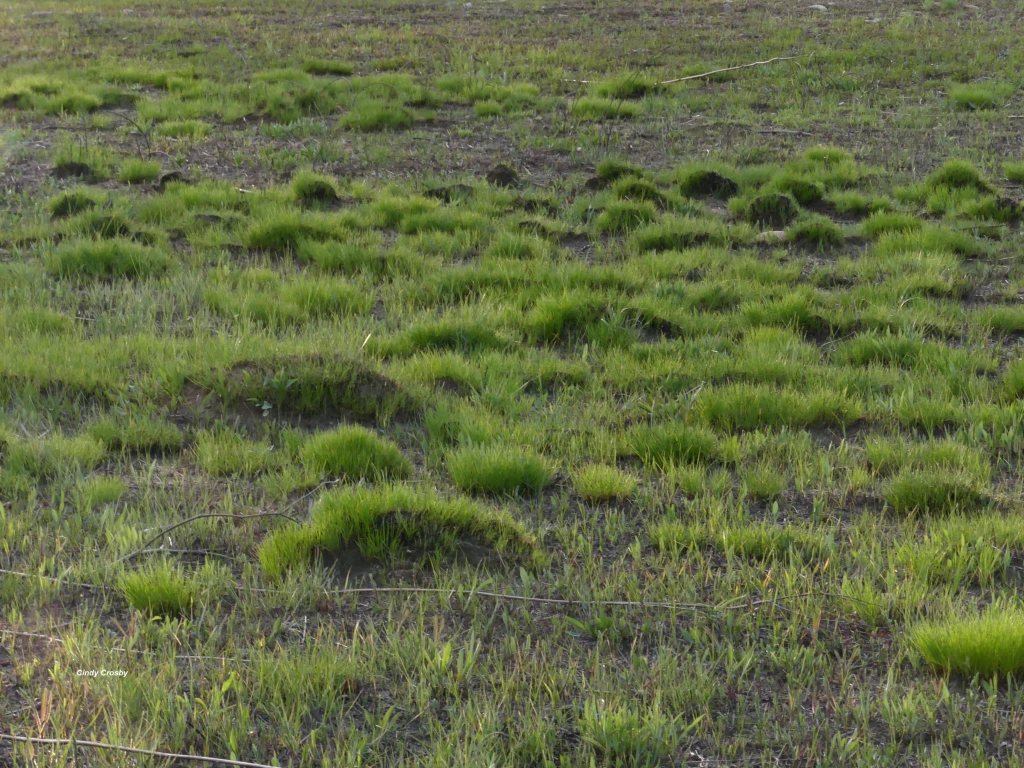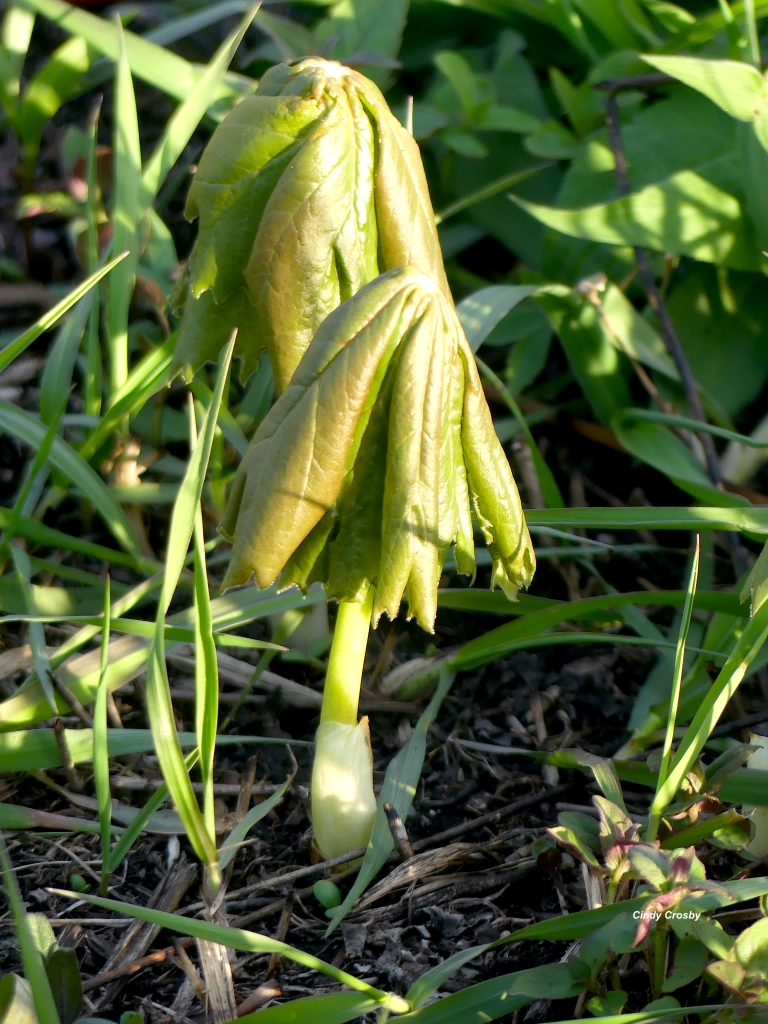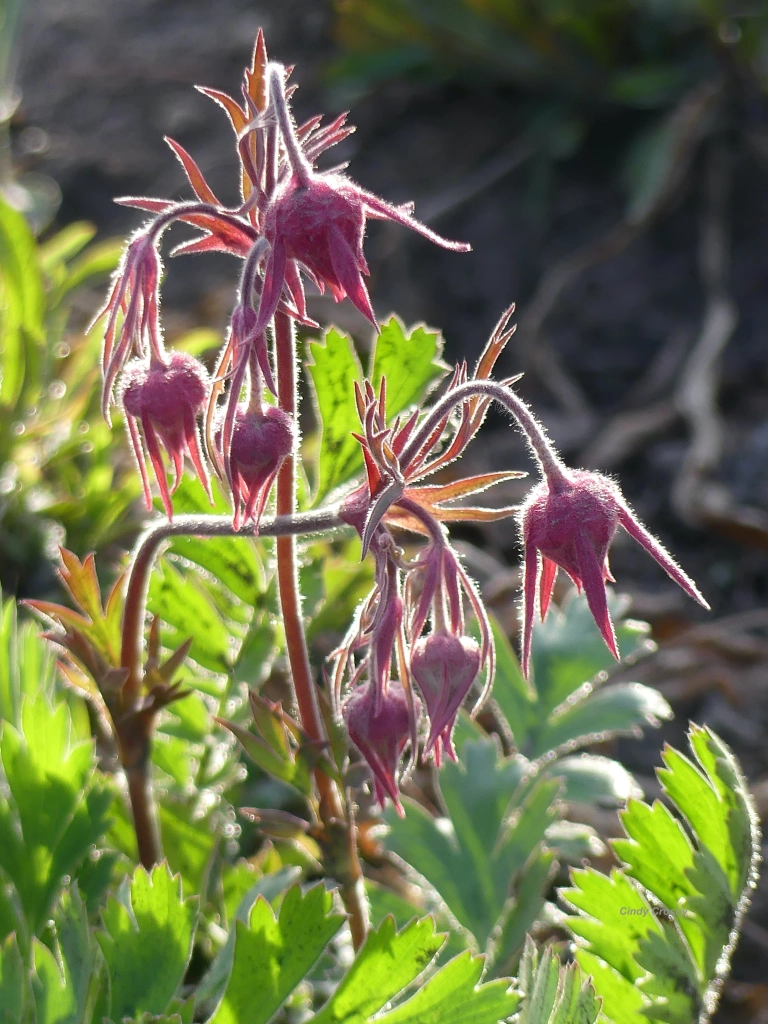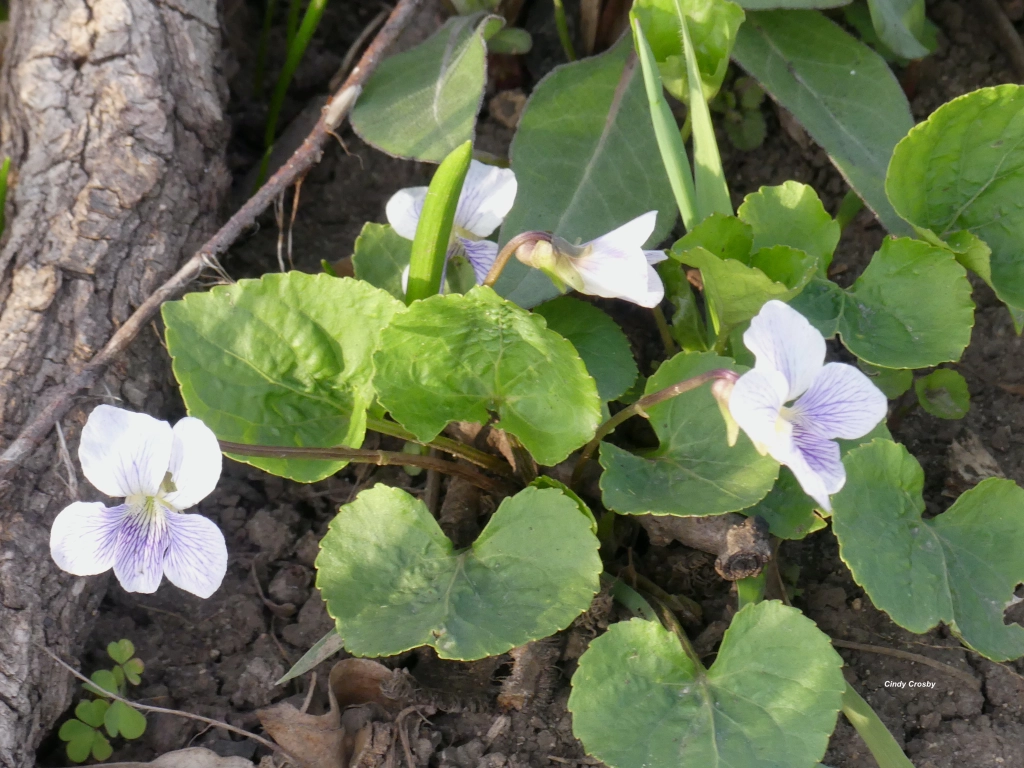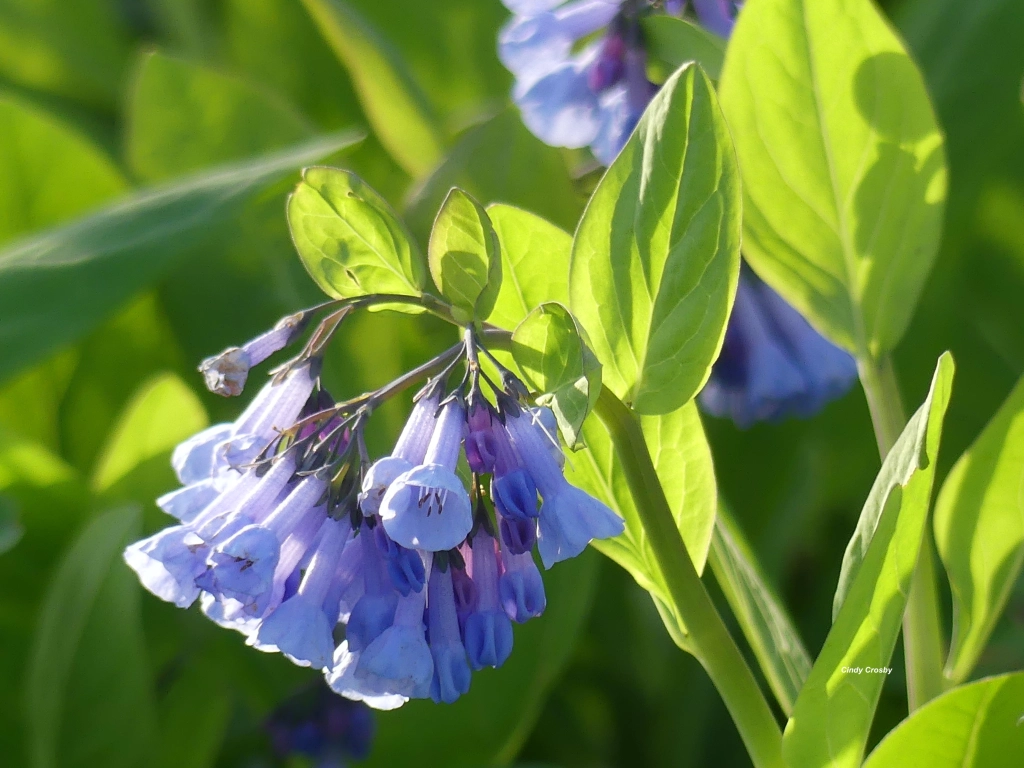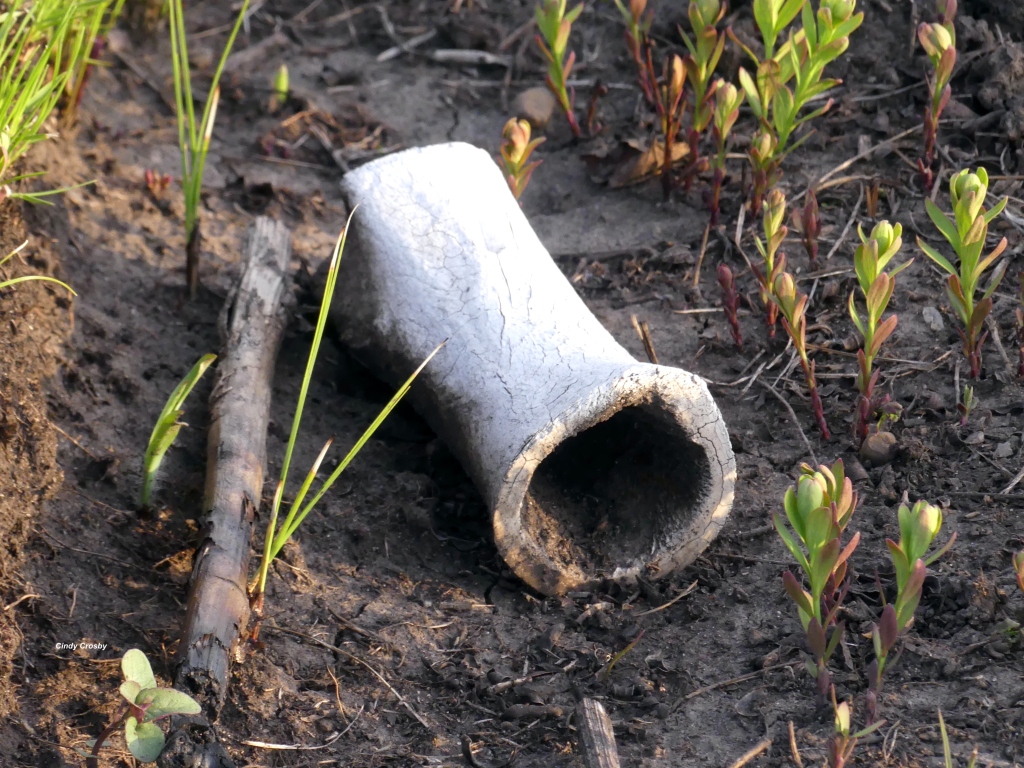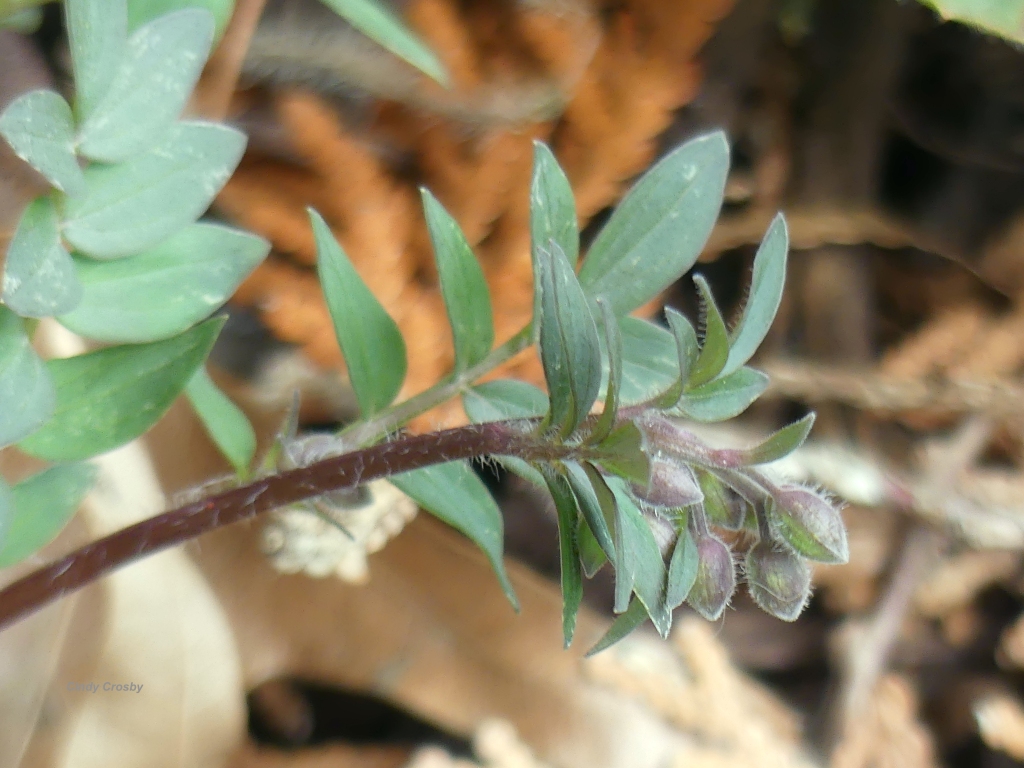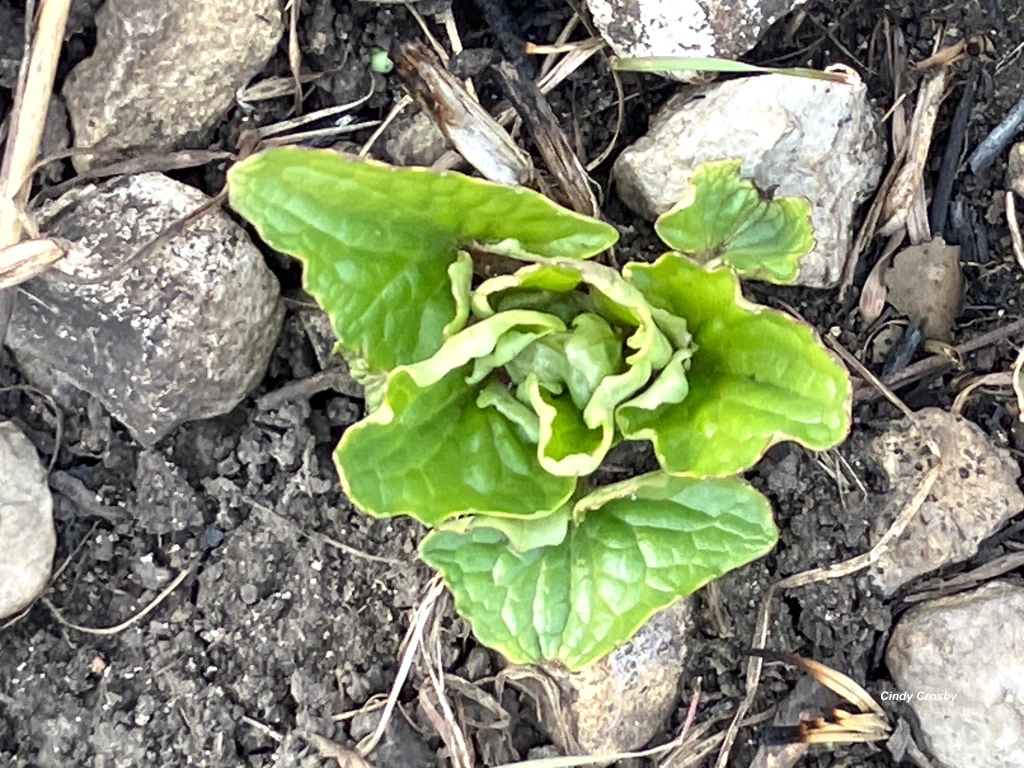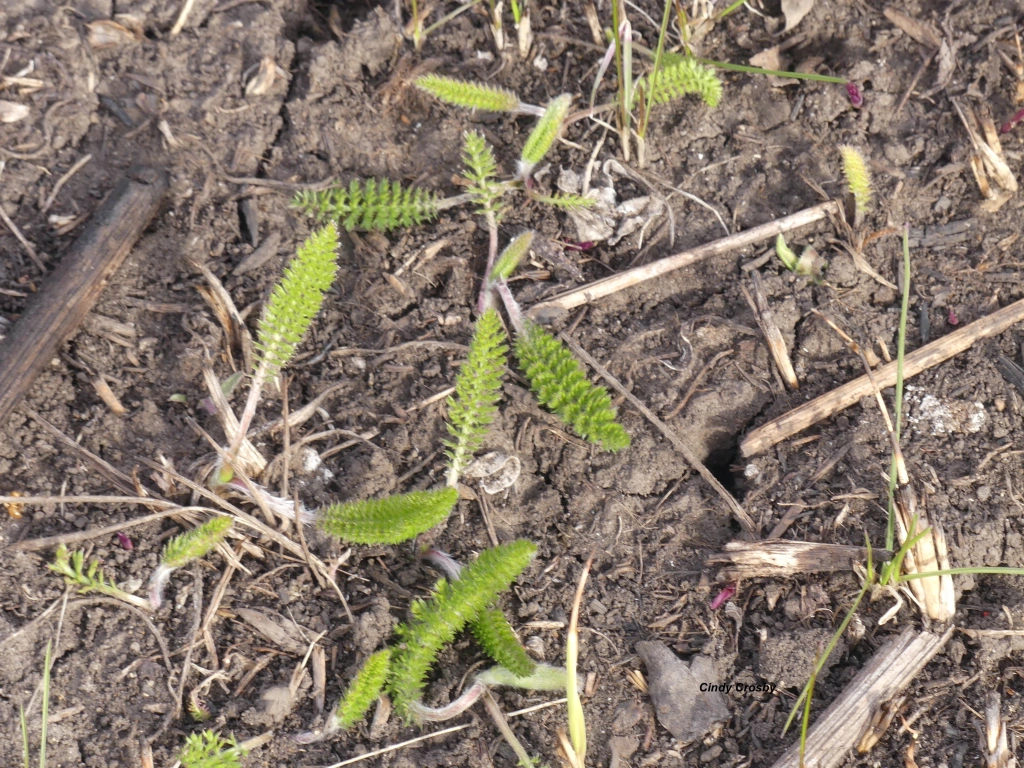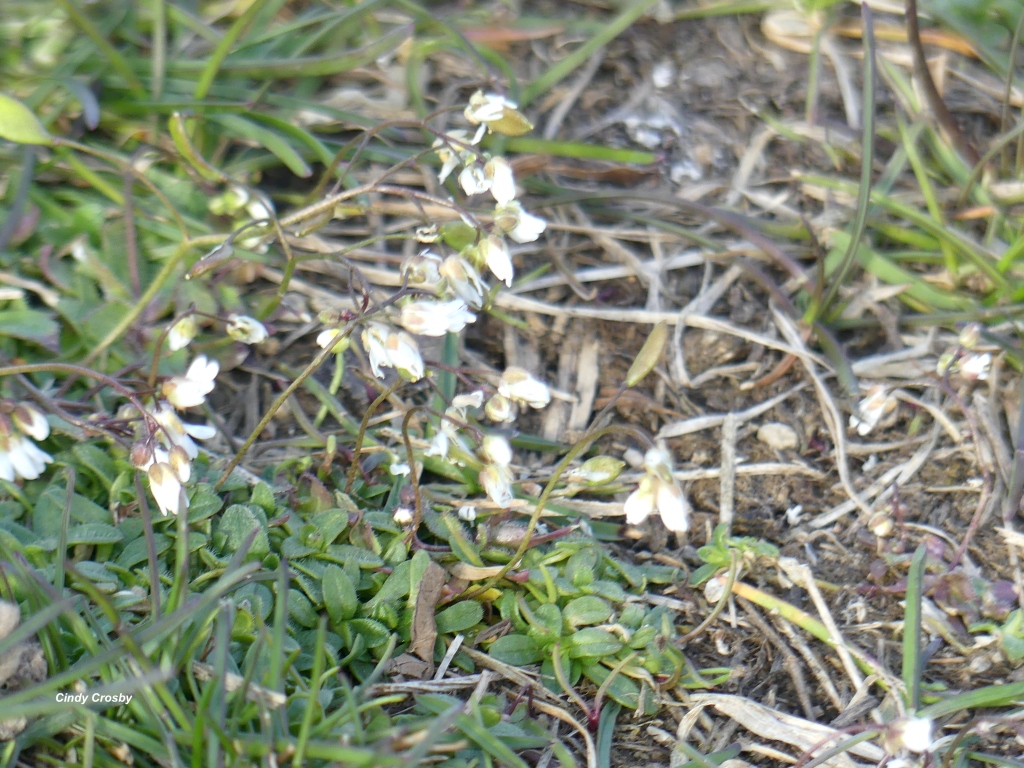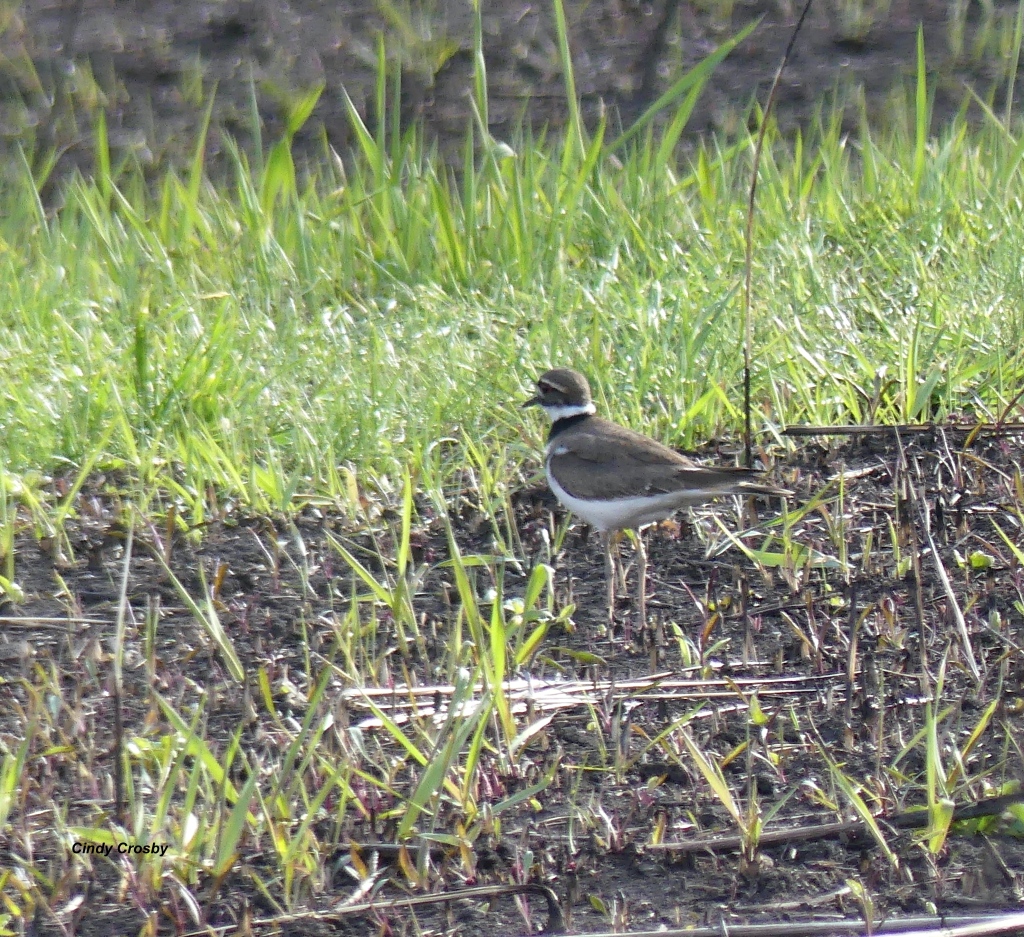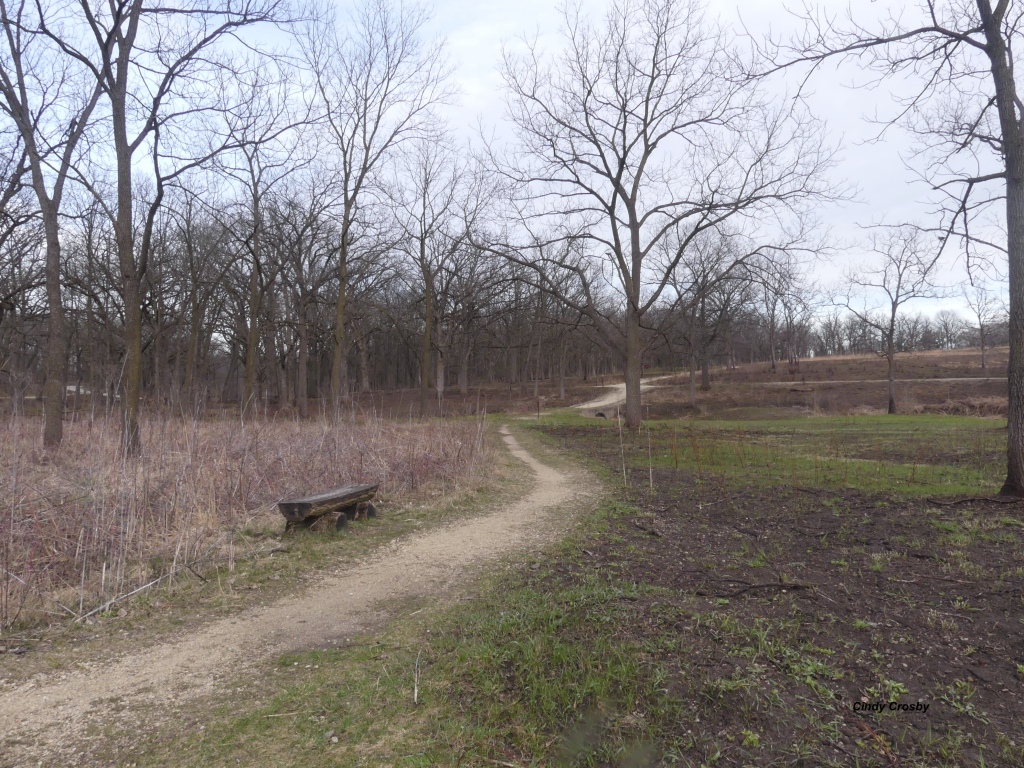“Nothing is so beautiful as spring.” — Gerard Manley Hopkins
******
I slept through the northern lights this week. Drat! But despite my disappointment over missing the show, I’ve found that the daytime spring skies are a solace.

It’s not just the skies that are . My little suburban yard is green and vibrant, and an ever-source of discovery. New surprises daily. One of the best ones this week: my native pawpaw tree is in bloom!

Look at those blooms! Each flower has a faint whiff of carrion, which supposedly attracts its fly and beetle pollinators. My mom used to sing me to sleep with the “pawpaw” folk song; she’d personalize it with my name.

Such a strange little tree! Its green-black fruit is said to be the largest edible fruit of any North American tree. Last year, we had our first fruit set—just a few—but such a triumph after years of waiting. The pawpaw is a nostalgic tree for me, as well as an important understory tree in our woodlands. The only memory I have of my maternal great-grandfather is of me in his southern Illinois yard, under a pawpaw tree. He picked a pawpaw fruit, cut it open, then handed me little pulp to sample. I said, “It tastes sort of like a banana!” He told me, “Pawpaws just taste like pawpaws.”

Maybe this fall, we’ll have our second year of pawpaw fruit.

If you want to know more about this interesting tree, I like this essay, “The Curious Pawpaw,” from the Virginia Native Plant Society found here. Check it out. For a deep dive into pawpaws, Pawpaw: America’s Forgotten Fruit is a fun read by Andrew Moore. There are even pawpaw festivals held around the country where you can buy the fruit and celebrate this exotic native tree. Or plant one—you’ll be glad you did.
I continue walking around the yard. I like to mix a few spring bulbs in with my native plantings, and this year, the giant alliums did not disappoint.

I love the architecture of the blooms.

I’m glad to see my native honeysuckle bushes are thriving. We planted them on the particularly ugly west side of the house, where the soil is poor and they don’t get as much sunlight as I’d prefer. We also have a slow-growing witch hazel and American hazelnut there, that were put in at the same time (all from the always-amazing Possibility Place Nursery).

The northern bush honeysuckle is a tough shrub that requires very little maintenance. Because it suckers, it will hopefully form a thick hedge in a few more years. Its tiny yellow flowers, beloved by bees, will bloom any day now.

After checking in on the shrubs, I stop to admire the front yard prairie garden now in its third year now. Look at that prairie smoke!

When massed together, the pink is eye-popping.

I’ve never gotten it to grow anywhere else in my mostly-wet yard. This is one of the few dry spots it prefers. But—uh, oh! What’s this? Next to the prairie smoke, the native foxglove beardtongue has broken out in spots!

Drat! After some online detective work, I discover it has “rust,” a fungal disease. This is the first time I’ve encountered it in my garden.

Supposedly, windblown spores from other plants in the neighborhood can infect my plants, or overhead watering (including some hard rains) can cause the spots. To stop the spread, I’ll need to remove the leaves that have the fungus. Ah, well. Always something new to learn.
I check the rest of the planting bed. My golden Alexanders are enthusiastically taking over the front portion—a little too enthusiastic for my preference. If I would have know they’d be so rambunctious, I would have only planted one plant, instead of three!

In hindsight, I wish I had placed them near the back of the bed, and the prairie smoke in the front. Too late now!
Next to it, the common mountain mint—a favorite of pollinators—seems to have multiplied to occupy three times its original space. It spreads by rhizomes, and is usually thought of as only having medium aggressiveness. The weather and soil conditions must favor it here. It’s smothering the butterfly milkweed! I look at all the new mint shoots, and I can imagine the flowers that will follow this summer.

My hashtag should probably be #alwayslearning. Looks like I might have to dig and move a few plants so they don’t completely out-compete some of the less “enthusiastic” plants in this bed. The mountain mint and golden Alexanders are not the only prairie plants off to a great start this spring. Queen of the prairie, a gorgeous tall native with cotton candy pink blooms in the summer, seems to be planning a coup in the backyard.

I love this plant, but I also enjoy the compass plant, prairie dock, Culver’s root, obedient plant, cardinal flower, sneezeweed, prairie dropseed, and other prairie members of my backyard community. I hope they are still under all that Filipendula, somewhere. I can’t wait for the pink performance this summer, though!

It’s a surfeit of riches for sure, all these multiplying plants, and yet…there are other plants that are getting crowded out. Call it the gardener’s dilemma.
I notice the raised bed vegetable gardens are full of weeds, and it’s really past time to plant. I usually put in some March spring vegetables, but this year I put it off until it was too late. Now, it’s time to plant the tomatoes and peppers. Feeling a pang of guilt, I pull a few of the massive chickweed and field penny-cress plants in a desultory way, making a half-hearted start on cleaning up the bed. Then I glimpse a purple-red globe half-buried in the earth.

Oh my! I remember how I let some of my radishes go to seed for the edible and tasty seedpods last summer. I must have missed a few of those seedpods—and the result is the easiest harvest I’ll probably ever have.

No matter how well I plan, the prairie garden, vegetable garden, and yard always have innumerable surprises each year. I imagine I’ll see different species ebb and flow through the seasons, as rain, drought, time, frost, rabbits, poor planning, and general gardening laziness all have their effect. Wherever you call home, it’s all part of the joy of gardening. What surprises are you seeing in your part of the gardening world? Drop me a note and let me know. Meanwhile, I’m cruising the garden centers and native plant sales, adding more participants to the general chaos.

It’s still only the middle of May. There are so many delights yet to unfold! I can’t wait to see what happens next.
******
The opening quote is from Gerard Manley Hopkins’ poem “Spring.” The Poetry Foundation tells us that Hopkins (1844-1899) is considered one of the greatest poets of the Victorian era, and yet his work was not published until 30 years after his death—and readers weren’t impressed at the time. Read more about his life and writing at The Poetry Foundation here.
*****
Join Cindy for a class or program this spring!
TONIGHT! Tuesday, May 14, 6:30-8:30 p.m.-“Dragonflies and Damselflies: The Garden’s Frequent Fliers,” presented by the Joliet Garden Club, Barber and Oberwortmann Horticulture Center, 227 North Gougar Rd., Joliet, inside the main greenhouse. Open to the public. For more information, visit their Facebook page.
Wednesday, June 5, 7-8:30 p.m. — “Bison Tails and Tallgrass Trails.” ONLINE only! Bensenville Public library. Free and open to the public. For registration details, call the library here.
Wednesday, June 12, 7-8 p.m. —“Dragonflies and Damselflies: The Garden’s Frequent Fliers” at Des Plaines Public Library, Des Plaines, IL. (In person) Free and open to the public. For registration details, see here.
Thursday, June 13, 10-11:30 a.m. —“A Tallgrass Prairie Hike,” Hilltop Gardeners Garden Club, Oswego, IL (offsite, private event).
Thursday, June 13, 6:30-8 p.m.— “Potawatomi Prairie Perspectives” with Gina Roxas, Executive Director of the Trickster Center, and Cindy in conversation. (The Morton Arboretum, Lisle, IL, Prairie Visitor Station– held outdoors, weather permitting). Registration and ticket costs here.
More programs and classes at http://www.cindycrosby.com.












































